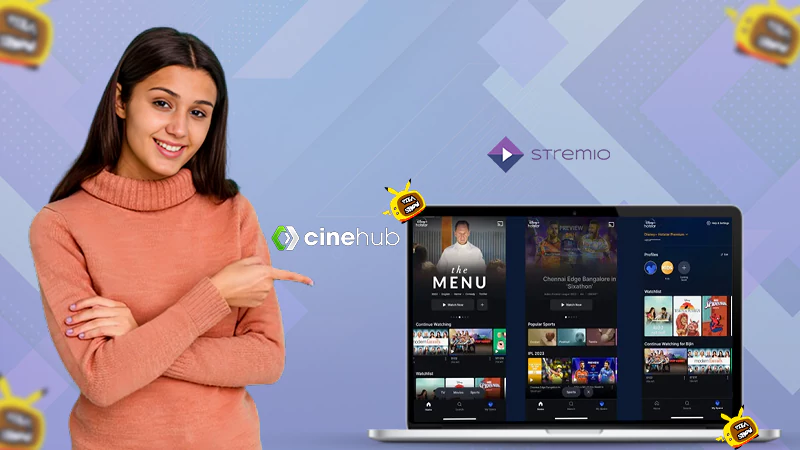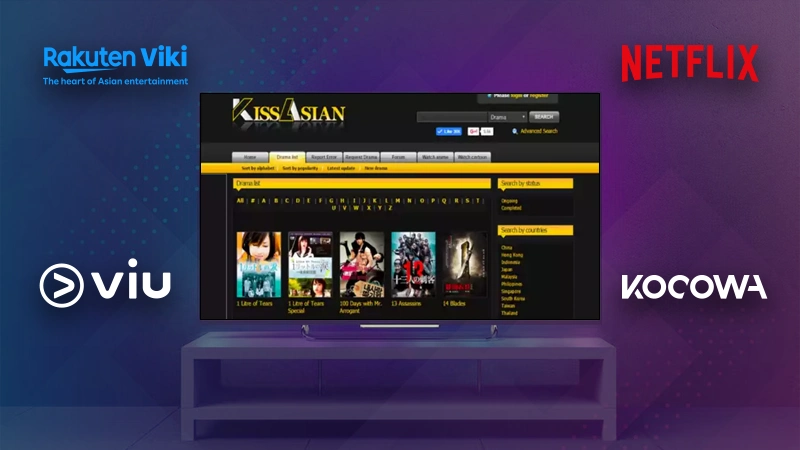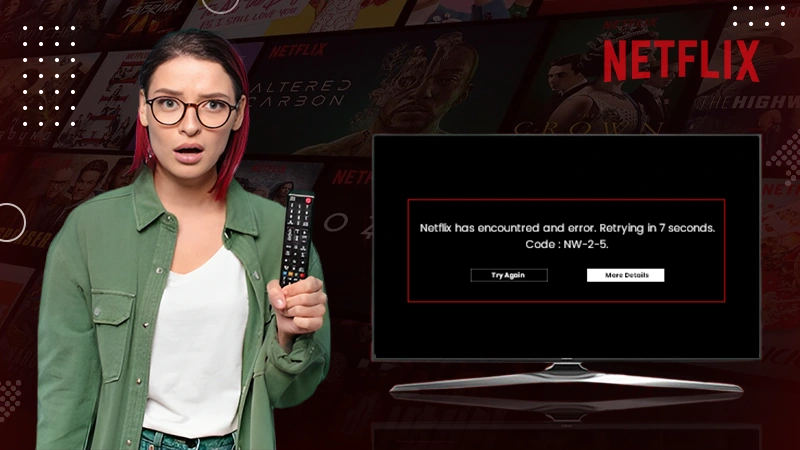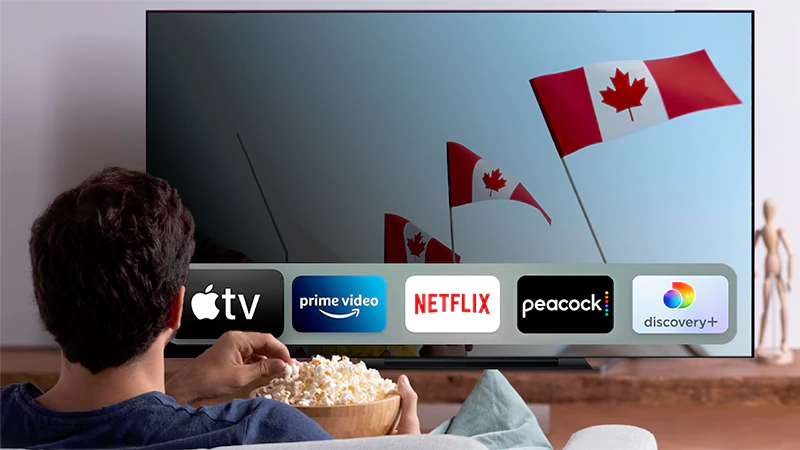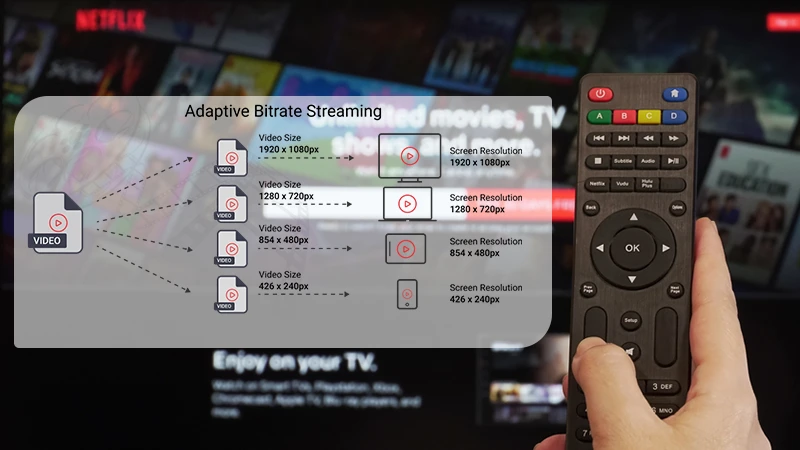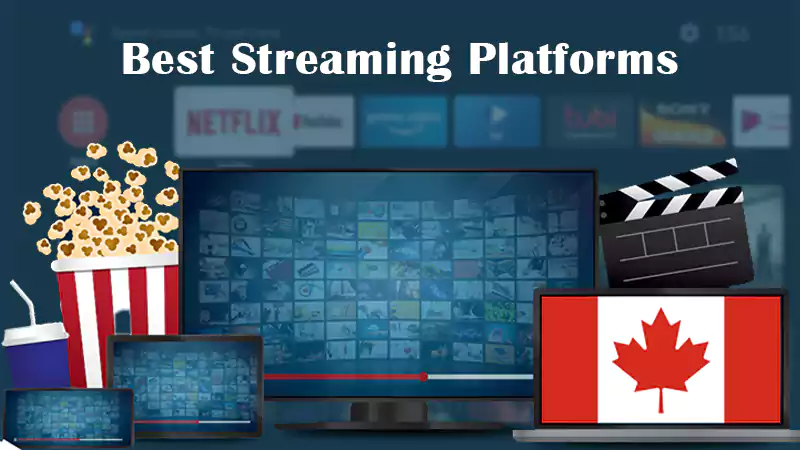2023 Video Technology Trends: Device Reach is the Future of Streaming
The digital sphere has seen an explosion of video content, with visuals becoming the new language of the internet. The past year has witnessed a seismic shift in this landscape, with fresh trends altering the course of OTT platform development. The rapid evolution in this aspect and consumer behavior has compelled us to revisit the Video Developer Report, our annual state-of-the-art compilation. As we delve into the past year’s trends for this, we’ll lay the groundwork for what to anticipate in 2023.
The transformation has been staggering, from the days of simplistic streaming to the rise of advanced codecs and diversified device preferences. Today, we’re seeing a new dawn in this industry, as shifting business models and granular analytics take center stage. This comprehensive review is our attempt to provide a roadmap for navigating the dynamic ecosystem of this technology in 2023.
Video Technology Trend #1: A Business Model Shift
We’re in the middle of a transformative period, with new sectors emerging at the forefront. Notably, the fitness and education sectors have embraced videos as a tool for engagement and delivery. The streaming industry has been the most prominent, posting impressive growth figures in the past year.
One key trend that has stood out is a significant shift in business models for monetizing such content. In particular, the Subscription Video on Demand (SVOD) models have been on a steady incline. This model, offering viewers unlimited access to a provider’s content library for a recurring fee, is now the driving force in the OTT platform.
The rise in the growth of SVOD complements the value it provides. For customers, it offers a vast streaming library with stimulating varieties. Whereas, for producers, it gives a steady stream of revenue that is predictable as well. Besides this, the shift in the approach of monetizing and consuming such content marks a major milestone.
The ordinary ad-based and transactional models are still maintaining their pace, but we must keep an eye on the trend of the rapidly rising subscription services. After all, this marks the changing references of customers in the digital age and the consistent evolution of this technology.
Video Technology Trend #2: The Video Codec Landscape Will Change Significantly
The journey of codecs, the fundamental building blocks of video streaming, has been nothing short of fascinating. From the dominance of H.264 to the emergence of HEVC and VP9, the landscape has constantly evolved. However, the year 2023 is set to usher in a new era of codec adoption.
Two codecs, in particular, are expected to gain significant traction in the coming years – the royalty-free AV1 and the highly efficient VVC. The increased adoption of these codecs is driven by their potential to deliver better quality at lower bitrates, directly impacting streaming costs and viewer experience.
Although, it is not limited to exposing yourself to the single codec because the industry has realized the potency of multi-codec strategy. As it supports delivering the best possible quality irrespective of the network conditions or the device’s restrictions. Thereby, ditching that one-size-fits-all approach that was preferred earlier.
It’s an undeniable fact that the upgradation of compacting workflows welcomes newer challenges. But, we cannot ignore that it unlocks new opportunities as well. Hence, the most precise operations will let you relax by adding the maximum benefits of these advanced codecs. Thus, making it accessible to everyone.
Furthermore, it’s true, the landscape of codec is changing rapidly. Still, deploying the best operations that are carefully researched and planned can help to carve an astonishing streaming experience for everyone.
Video Technology Trend #3: Fragmentation of Devices is at an All-Time High
In the digital world, there is no shortage of devices that supports content streaming. The diversity includes smartphones, tablets, smart TVs, gaming consoles, and much more. But, this imposes a challenge for both distributors and creators.
You must agree that nowadays streaming does not resonate with the one-size-its-all approach. the devices play a crucial role in determining the content type, interested audience, and codec deployed. For instance, high-action content may require different codec configurations on a mobile versus a large-screen TV. Similarly, different regions have different device preferences, further complicating the delivery strategy.
Implementing an effective codec strategy is crucial in this fragmented device landscape. It involves juggling multiple variables, including its capabilities, network conditions, and viewer preferences, to deliver the best possible streaming experience. In an era where the viewer is king, understanding, and catering to this device fragmentation is not just a nice-to-have, it’s a necessity. And as the number of supported devices continues to grow, this trend is set to become even more significant in the future.
Video Technology Trend #4: Granular Analytics is Required
As the streaming world expands, big data analytics, though crucial, no longer suffices. The focus now is shifting towards more granular, in-depth data. The value of understanding individual viewer behavior, rather than aggregate trends, cannot be overstated in today’s competitive market.
The rise of video-specific analytics has been a key facilitator in this shift. These analytics dive deep into the viewer experience, examining factors like content’s start time, buffering events, and quality changes. It’s not just about knowing how many viewers you have any more, but about understanding their individual experiences.
This trend also signals a shift from in-house analytics solutions to more sophisticated commercial monitoring and analytics platforms. These platforms offer a level of detail and accuracy that can be challenging to achieve with in-house solutions.
Simply put, in the race for viewer attention, every bit of information counts. Whether it’s understanding why a viewer abandoned a content, or identifying which segments of a streaming content are rewatched, granular analytics can provide invaluable insights. As we move further into 2023, these insights will become key differentiators in this space.
How Can You Take Advantage of These Trends in Video Technology?
The question now is not just about understanding these trends, but about leveraging them to serve your customers better and to drive your business forward. The streaming world of 2023 offers numerous opportunities for those willing to innovate and adapt.
Viewer engagement should be at the heart of your strategy. Recognize the value of a multi-codec approach, and cater to the diverse device landscape to deliver the best possible viewing experience. Adapt to new monetization models, like SVOD, to align with changing consumer preferences. And most importantly, harness the power of granular analytics to understand your viewers on an individual level.
Looking for Pikashow Alternatives? Check Out These 15…
Which Are the Best Websites to Watch Cartoons…
Everything You Need to Know About Kissasian and…
How to Fix Netflix Error Code NW-2-5: A…
Best Streaming Platforms to Binge-Watch Thrilling Shows in…
Why is an Online Streaming Platform Better Than…
Why Ads on Streaming Attract more users than…
What Bitrate Should I Stream At?
Best Streaming Platforms You Should Know in Canada…
What is Ad-Supported Streaming? Is It the Future?
11 Best Series to Binge This Fall
Why are Torrents not downloading? Is the Era…

